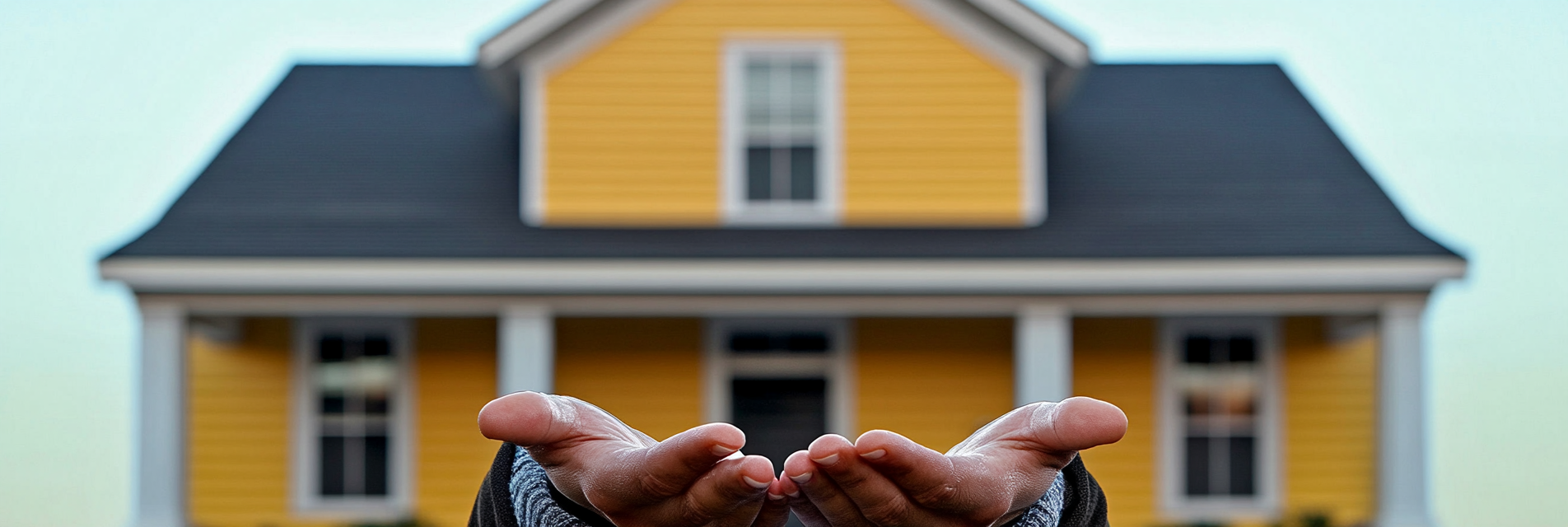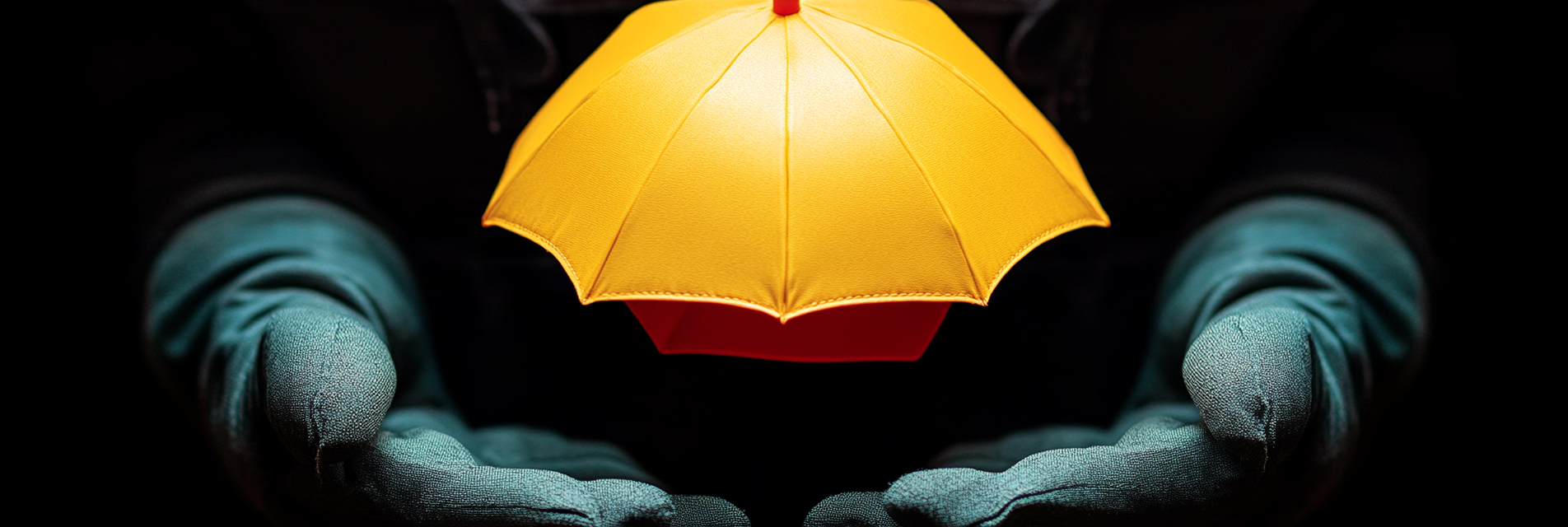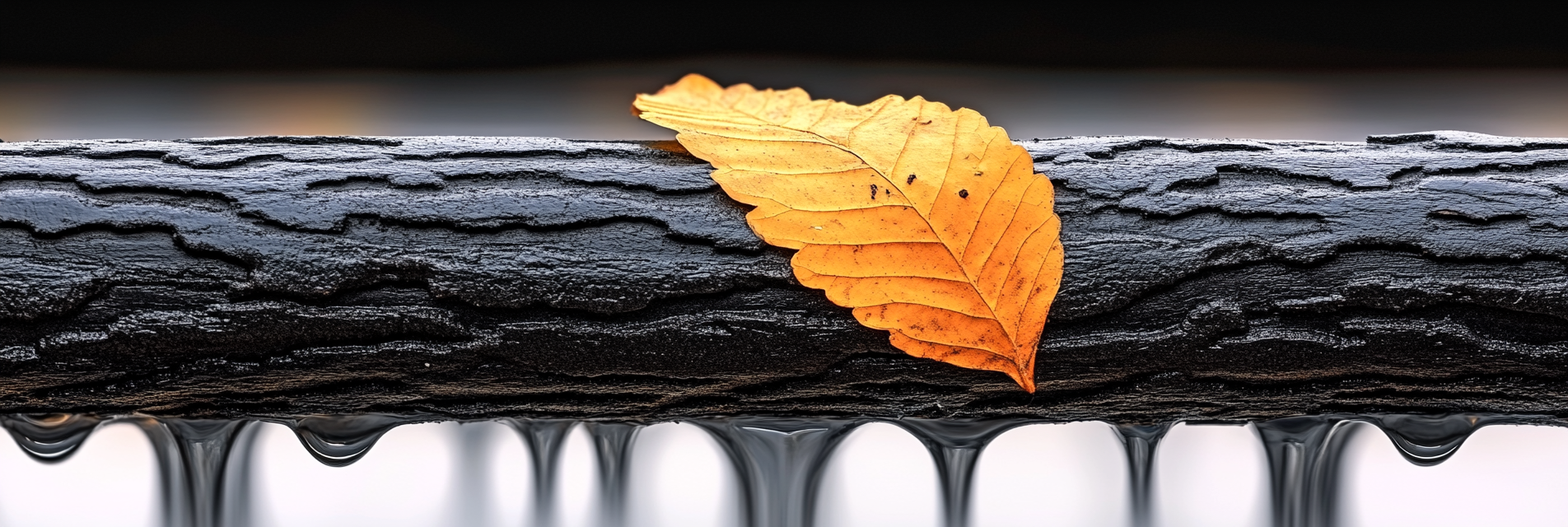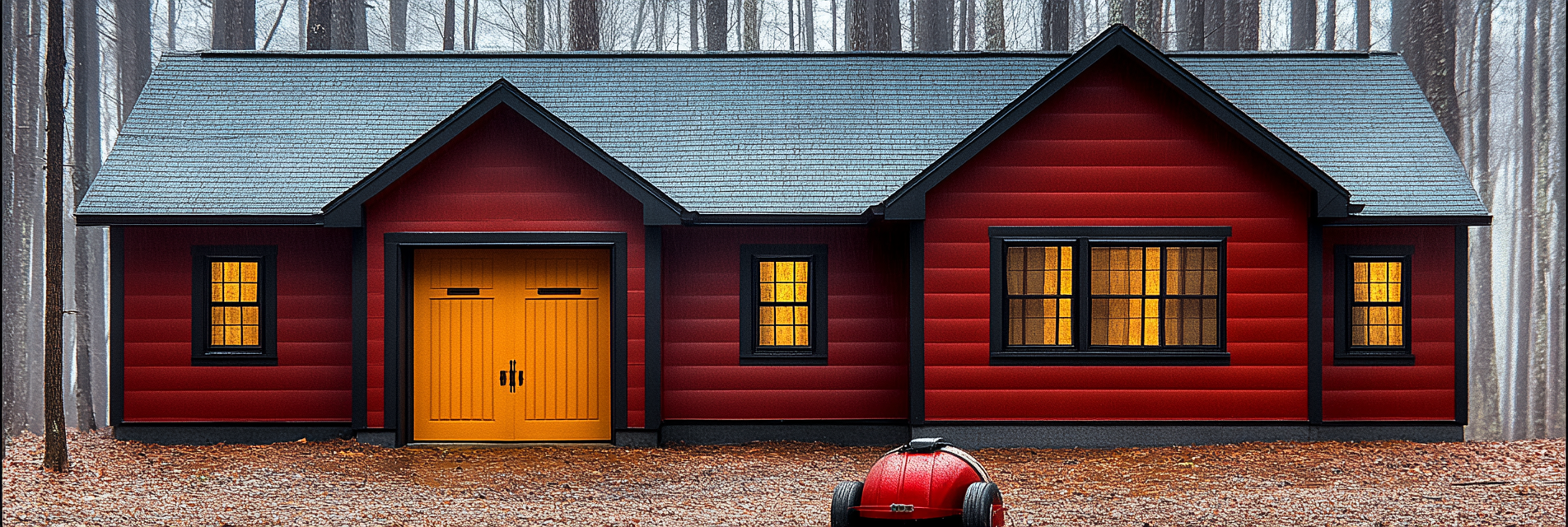Heavy snow and ice can create hazardous conditions, disrupt daily life, and damage property. Proper preparation for snow and ice storms can help keep your home safe, maintain essential utilities, and ensure your family stays warm and secure. This article provides key steps to prepare your home, essential safety measures, and what to do during and after snow and ice storms in Washington state.
1. Reinforce Your Home’s Exterior
Taking measures to reinforce your home’s exterior helps reduce the risk of damage from snow and ice:
- Inspect Your Roof:
- Check your roof for any loose shingles or structural weaknesses. Consider installing roof heating cables to prevent ice dams.
- Clean and Secure Gutters:
- Clear debris from gutters to ensure that melting snow and ice can drain properly.
- Install Weather Stripping:
- Apply weather stripping around doors and windows to prevent drafts and heat loss.
Product Tip: EasyHeat ADKS Roof and Gutter De-Icing Cable can help prevent ice buildup and reduce the risk of damage from ice dams.
2. Stock Up on Essential Supplies
Ensure your home has adequate supplies to last through a heavy snow or ice event:
- Food and Water:
- Have at least three days’ worth of non-perishable food and water (one gallon per person per day).
- Flashlights and Batteries:
- Keep LED flashlights, battery-operated lanterns, and spare batteries on hand.
- Warm Clothing and Blankets:
- Stock extra blankets, thermal socks, and winter coats for additional warmth.
- First Aid Kit:
- Include bandages, antiseptics, pain relievers, and any necessary prescription medications.
3. Prepare Heating Solutions
Ensuring your home stays warm during a snow or ice storm is crucial:
- Test Your Heating System:
- Have your heating system inspected before winter to ensure it is functioning properly.
- Use Space Heaters Safely:
- If using space heaters, choose models with safety features like automatic shutoff and tip-over protection.
- Stock Firewood:
- If you have a wood-burning stove or fireplace, keep a supply of dry, seasoned firewood ready.
Safety Tip: Never use outdoor heating equipment, such as grills or portable camp stoves, indoors due to the risk of carbon monoxide poisoning.
4. Maintain Your Vehicle for Winter Conditions
If you need to travel during a snowstorm, ensure your vehicle is winter-ready:
- Check Tire Tread:
- Ensure tires have adequate tread or consider using snow tires for better traction.
- Stock an Emergency Car Kit:
- Include blankets, a small shovel, ice scraper, flashlight, jumper cables, and non-perishable snacks.
- Keep the Gas Tank Full:
- A full gas tank helps prevent fuel line freeze-up and provides heat if you are stranded.
5. Prevent Frozen Pipes
Frozen pipes can burst and lead to significant water damage:
- Insulate Pipes:
- Wrap pipes in foam insulation or use heat tape for exposed pipes in unheated areas.
- Drip Faucets:
- Allow faucets to drip slightly during extreme cold to prevent pressure buildup.
- Open Cabinet Doors:
- Open cabinets under sinks to allow warm air to circulate around pipes.
Product Tip: Frost King Pipe Insulation is a simple and effective way to prevent pipes from freezing.
6. Create a Safe Walking Environment
Preventing slips and falls outside your home is important for safety:
- Shovel Regularly:
- Remove snow from driveways, walkways, and stairs promptly.
- Use Ice Melt or Sand:
- Apply ice melt or sand to paths to increase traction and prevent ice buildup.
- Wear Proper Footwear:
- Use boots with good tread to reduce the risk of slipping on ice.
7. Prepare for Power Outages
Heavy snow and ice can bring down power lines, so be prepared for outages:
- Backup Power Supply:
- Use a generator or battery backup system to power essential appliances and lights.
- Keep Power Banks Charged:
- Maintain charged power banks for phones and small devices.
- Battery-Operated Lighting:
- Use LED lanterns or flashlights for safe, reliable lighting.
8. Monitor Weather Conditions
Stay updated on changing weather conditions to respond quickly:
- Sign Up for Weather Alerts:
- Use weather apps or local meteorological services for real-time updates.
- Keep a NOAA Weather Radio:
- A battery-powered weather radio can provide crucial updates during power outages.
9. Safety Tips During a Snow or Ice Storm
Taking precautions during the storm can help ensure your safety:
- Stay Indoors:
- Limit outdoor activities and avoid unnecessary travel.
- Dress in Layers:
- Wear multiple layers to trap heat and stay warm.
- Avoid Using Elevators:
- If power outages occur, use stairs to avoid being trapped.
10. Inspect Your Home After the Storm
Once the snow or ice has subsided, check your home for potential damage:
- Clear Snow Safely:
- Use a roof rake to remove heavy snow buildup to prevent roof collapse.
- Inspect Gutters and Roof:
- Look for damage or ice dams that may need attention.
- Check for Frozen Pipes:
- Inspect pipes for any signs of freezing or damage, and turn off the main water supply if necessary.
Conclusion
Preparing for heavy snow and ice involves securing your home, stocking up on emergency supplies, and taking safety precautions to prevent damage and ensure warmth. By following these tips, you can minimize risks and manage the challenges of winter weather. Paul Lindberg’s Dryer Fire Fighters stresses the importance of early preparation and vigilance to keep your home and family safe during severe winter conditions in Washington state.
Serving the communities of:
Kennewick | Pasco | Richland | West Richland | Finley | Burbank | Benton City | Prosser | Grandview | Connell
As the sole certified dryer exhaust technician recognized by CSIA.org in the Tri-Cities area, Paul brings a wealth of expertise to fire prevention. His primary focus lies in addressing the root cause of many residential fires: lint buildup in dryer cavities and vents. Through rigorous inspections and thorough cleanings, Paul ensures that families and businesses can enjoy peace of mind, knowing their properties are safeguarded against fire risks.








































